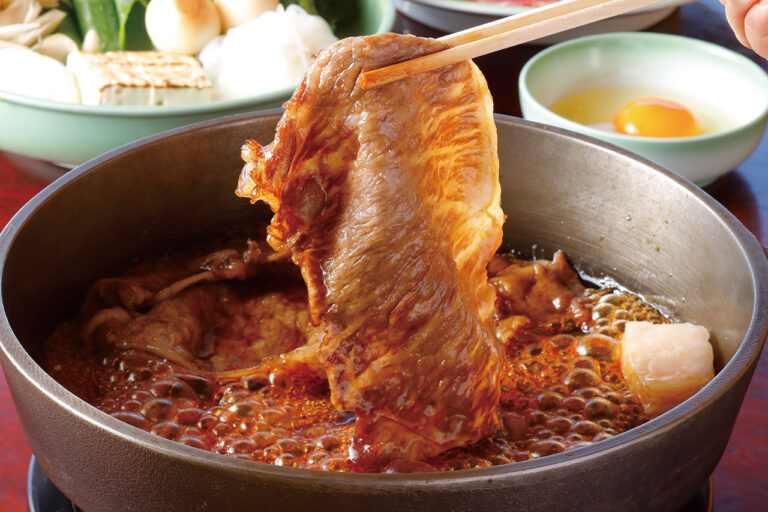
A long-established beef store in Kiyamachi with a history of 150 years [Morita-ya ...
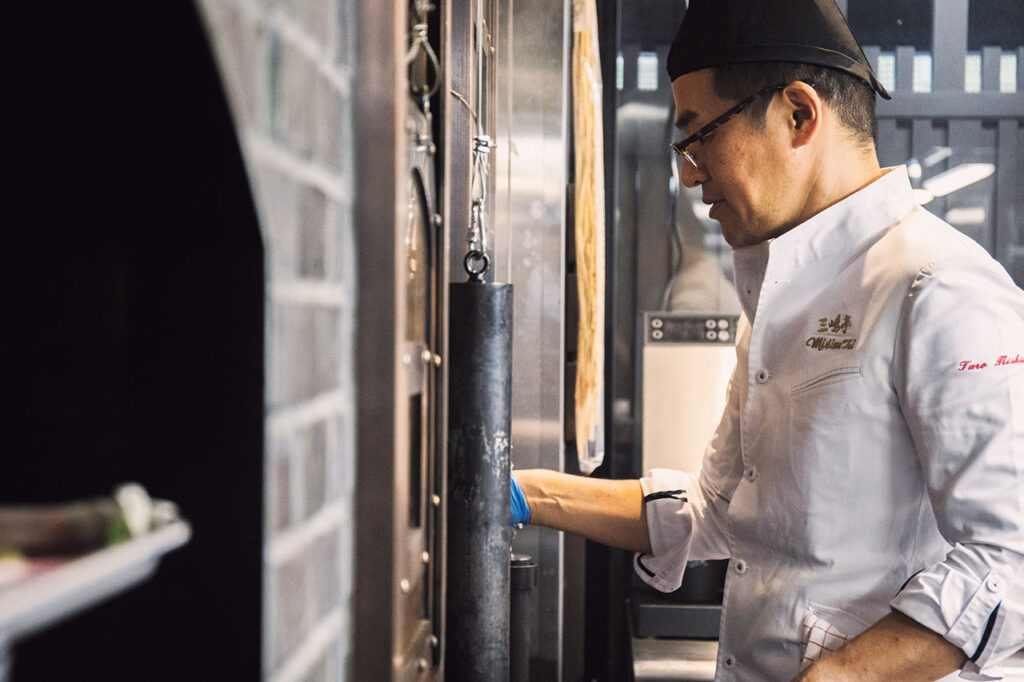

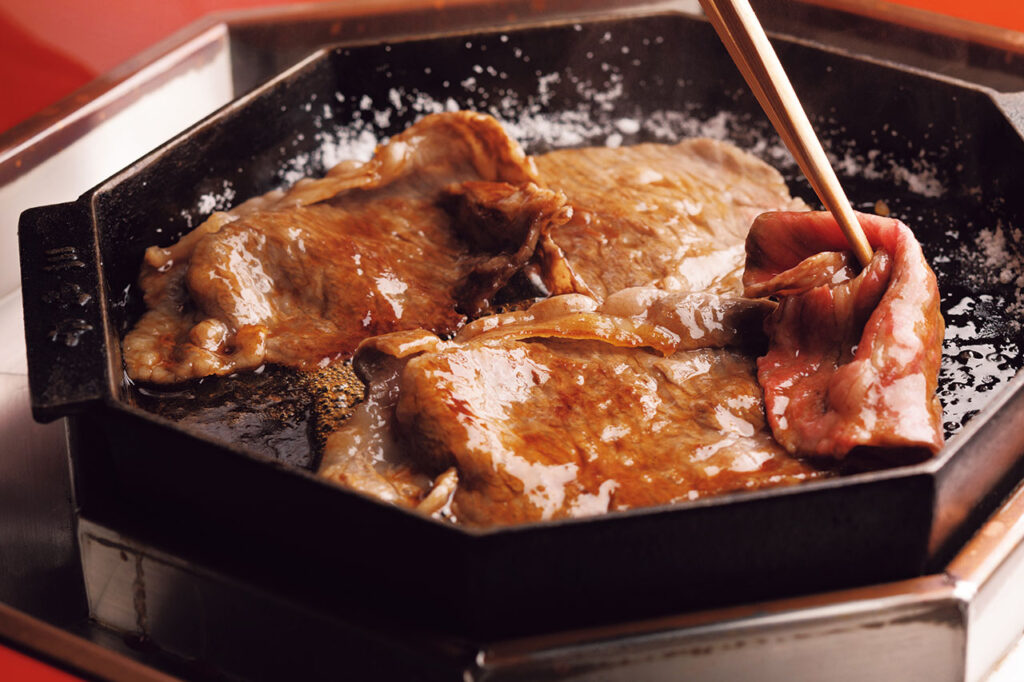

Whether you are entertaining guests from afar, celebrating a special day with family, or spending time with loved ones, a good meal is indispensable for special occasions.
What kind of restaurant can please everyone? When thinking about it, sukiyaki at Mishimatei is probably the first thing that comes to mind for many people in Kyoto.
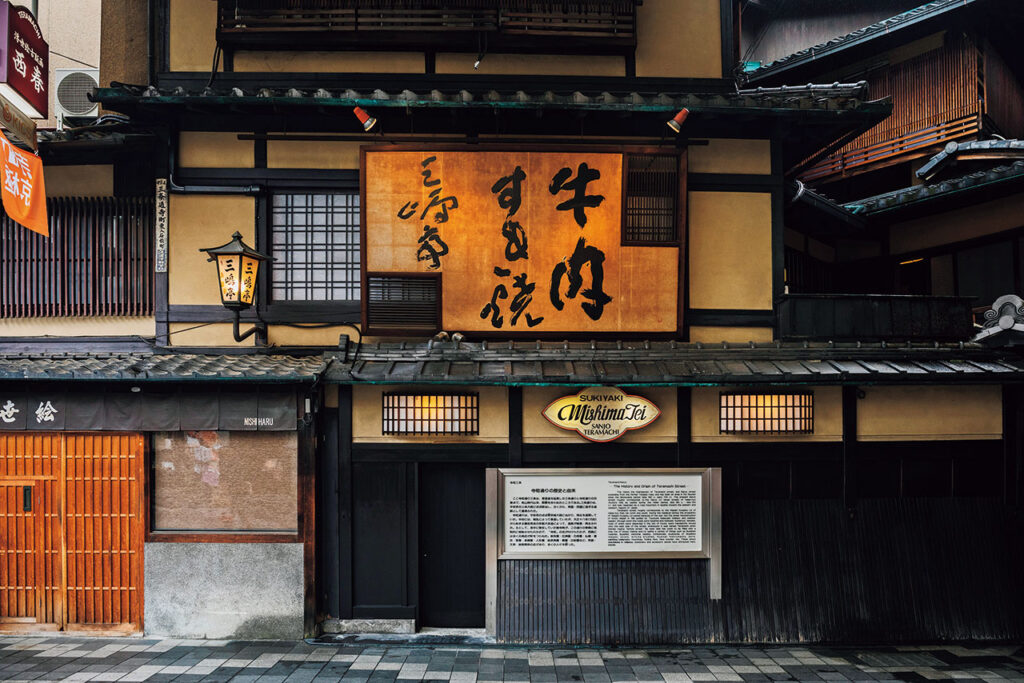

[Mishimatei was founded in 1873.
Sukiyaki, a specialty of Kyoto, took root in the city at a time when Japan was undergoing drastic changes as a result of civilization's opening to the outside world. The origin of sukiyaki was first discovered by the founder, Mishima Kenkichi, who left Kyoto for Nagasaki, a port known for its meat culture, and learned the taste of sukiyaki there. After the capital was moved to Tokyo, he returned to Kyoto, encouraged by the town's desire to revive Kyoto, and established a restaurant specializing in sukiyaki in Teramachi Sanjo.
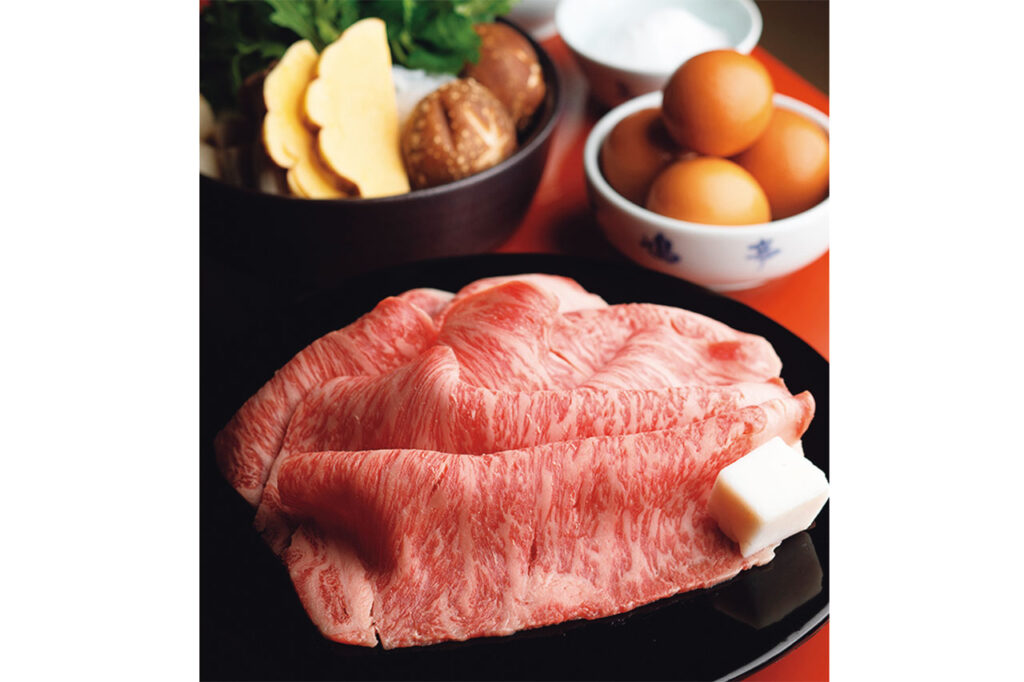
Monthly flower course: 21,780 yen

During the Taisho and early Showa periods, the south side of the building was expanded during the third generation. At that time, cooking equipment also evolved, changing from charcoal to electricity in one fell swoop. It is said that the grandfather of the third generation, or the current owner, Taro Mishima, was a dynamic and dynamic man, who bid for the first, second, and third prize-winning cows at the annual beef competition called "Kyoshin-kai" and walked them alive to the restaurant after the auction. His strong zeal to provide the best to his customers led to the success of his business in Kyoto, where there are many people with discerning palates.


Mishima has been helping out in the family business on his days off since he was a high school student. While he is responsible for various tasks as a business owner, he still works in the back of the sales office to check the quality of the meat. As I have traveled to markets throughout Japan and observed a wide variety of Wagyu beef, I have been able to identify the key points of Wagyu beef that I should purchase," he says. [There are three main characteristics of Wagyu suitable for serving at Mishimatei. The first is the quality of the fat. We select beef whose fat itself is soft, and whose fat has a low melting point that naturally melts in the mouth. The second is the quality of the meat. We select cattle with fine texture and reddish color. The third is the depth of the farmer's love. When you see the carcass at the market, you can tell that the cattle have been carefully brushed and cared for. Wagyu raised with love in a good environment is still good quality.
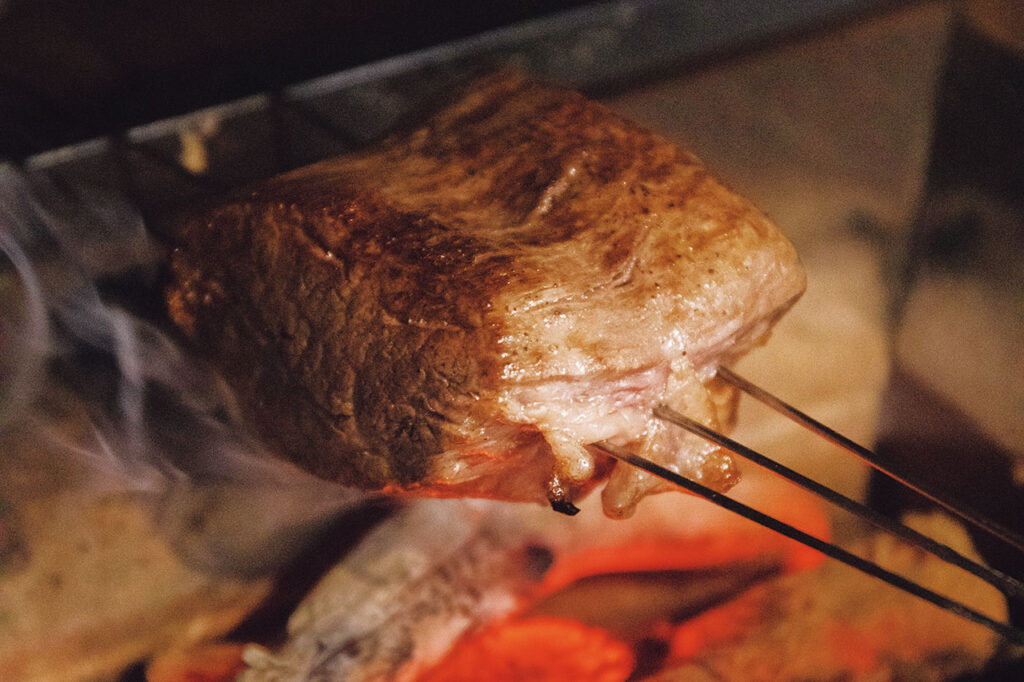

While pursuing the best Japanese beef for sukiyaki, Mr. Mishima is also a chef. In fact, it was not until he was in his 40s that he began studying Japanese cuisine in earnest. In fact, I became very ill at the age of 38," he says. When I stopped working, I began to wonder why I was born in Japan, in Kyoto, and whether I could go on like this. Being born in Japan, in Kyoto, in a restaurant specializing in sukiyaki, there must be something more I should be doing. One of those things was to learn Japanese cuisine. The technique of sukiyaki originally comes from Japanese cuisine. It is a uniquely Japanese technique of thinly straining meat. There is even a theory that the name "sukiyaki" comes from the Japanese word for "thinly sliced meat.
It was Mishima's idea to serve matcha green tea at the end of the Hana Course, a fusion of Japanese cuisine and sukiyaki. The rich sweetness of sukiyaki is washed away by the bitterness of matcha, and I think matcha is the perfect combination for sukiyaki. The tea ceremony has a deep relationship with Japanese cuisine, and I started it because I thought it would improve my senses and spirituality, but the more I learn, the more important it has become in my life. The more I learn, the more important it has become in my life. Weekly tea practice helps me to keep my mind busy."
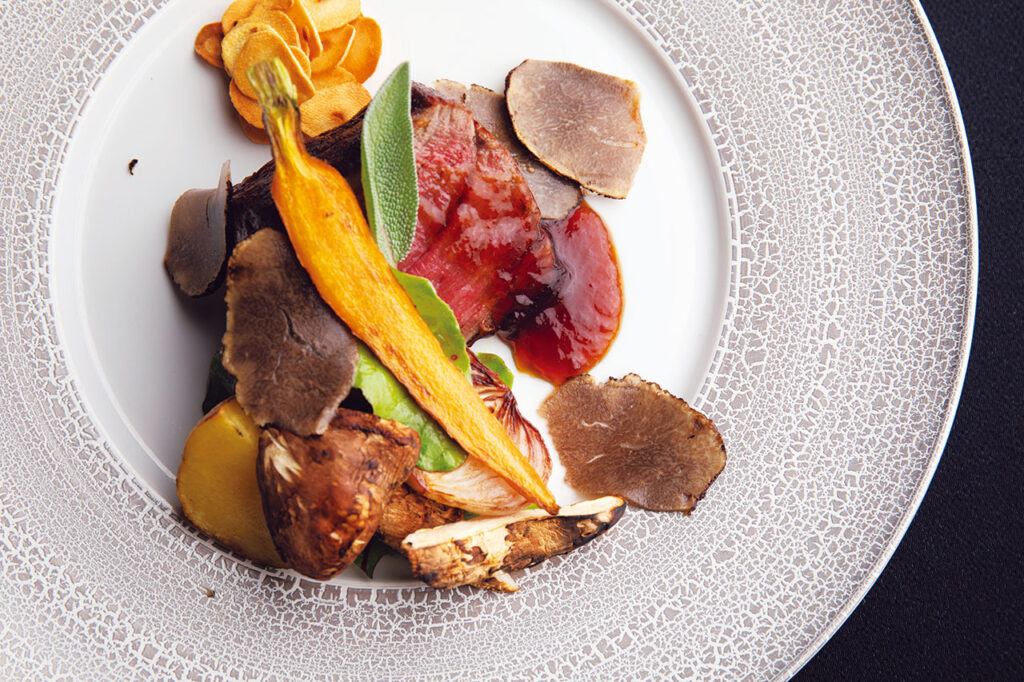
Course meal from 22,990 yen

In 2018, he quietly opened a machiya restaurant, Ojukian, along Sanjo Yanagibaba Street, not far from Mishimatei. [While coming and going from Mishimatei, the chef has been serving only the most important guests, while keeping a close eye on the amount of work he needs to do. Here, we grill our aged Japanese black beef in a custom-built brick oven. Wagyu beef grilled over Kishu binchotan charcoal has a direct flavor that is very appealing."
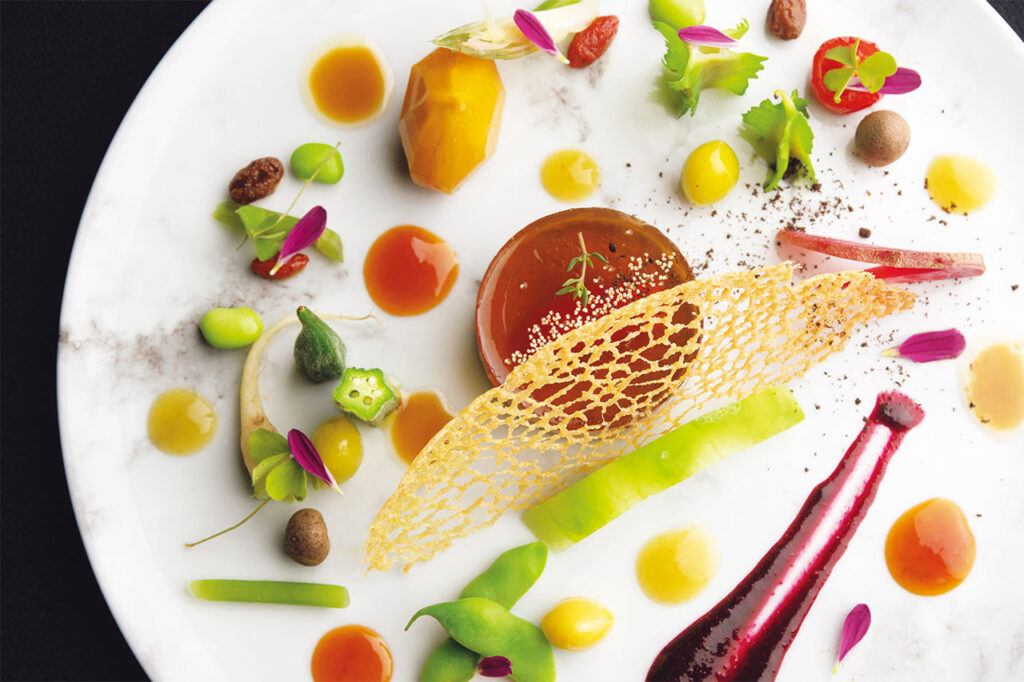

The main restaurant, Mishimatei, will be undergoing renovations from January 2021. During this period, the restaurant plans to offer a special sukiyaki course at Ojukian. After sukiyaki kaiseki, I wanted to try a French-style restaurant, and I was able to make it happen. Once the restaurant is on track, I would like to try a restaurant where small children can also enjoy the food. We look forward to seeing more of Mishima, who has turned every adversity into an opportunity to give back to the meat culture with his overflowing energy.
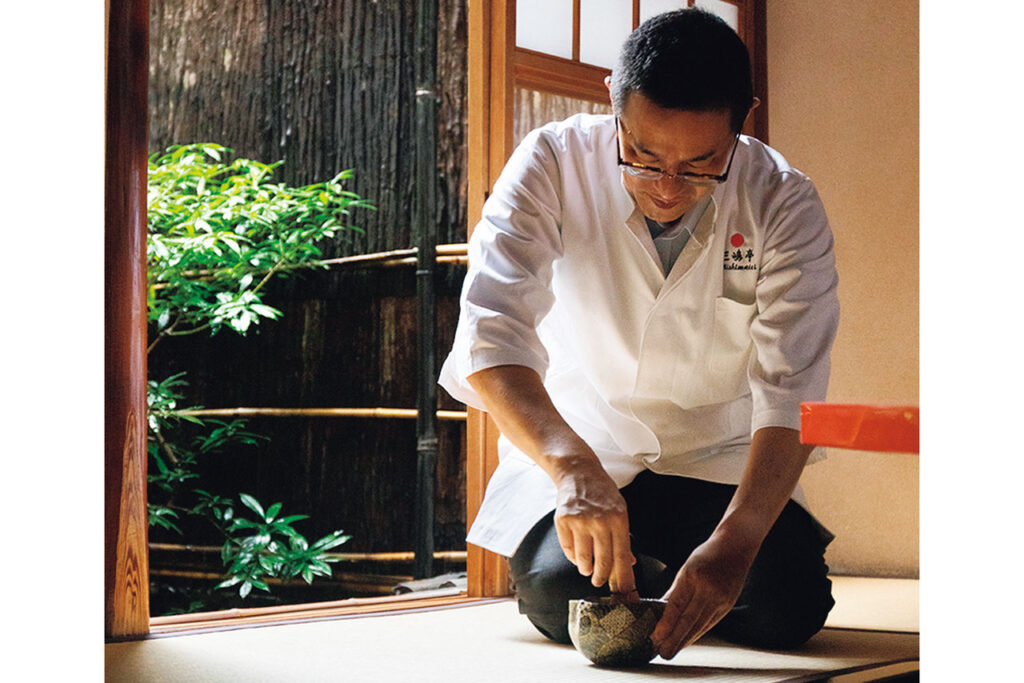

Taro Mishima, fifth-generation owner
Born in 1965 in Kyoto. [In 2018, he opened his long-sought-after sister restaurant, Ojukian.
Over 600 interviews per year! An order site carefully selected by the editors who knows Kyoto and Shiga.
nowOfficial LINE friend registration500 yen OFF coupon is being issued!
Distributed every Friday morning at 8:00 am! From new restaurant information to event information that we want to share with you, We deliver articles about Kyoto that are useful to know. About 20,000 people have registered.Click here to add a friend!
 News
News Feature article
Feature article Featured event
Featured event